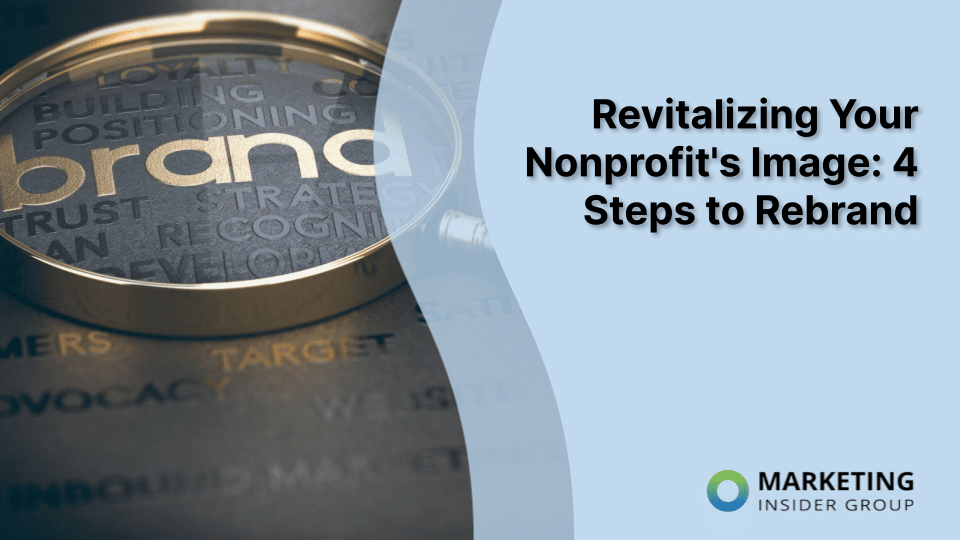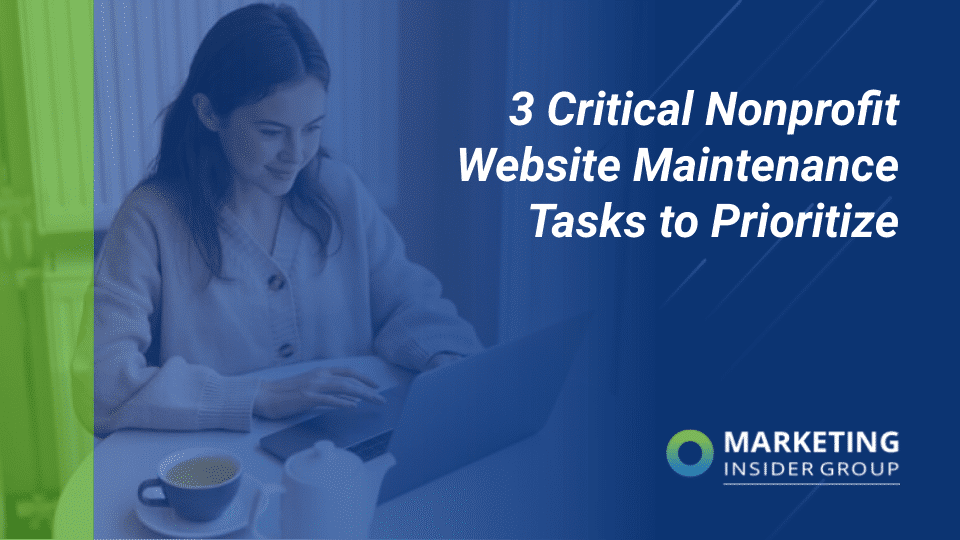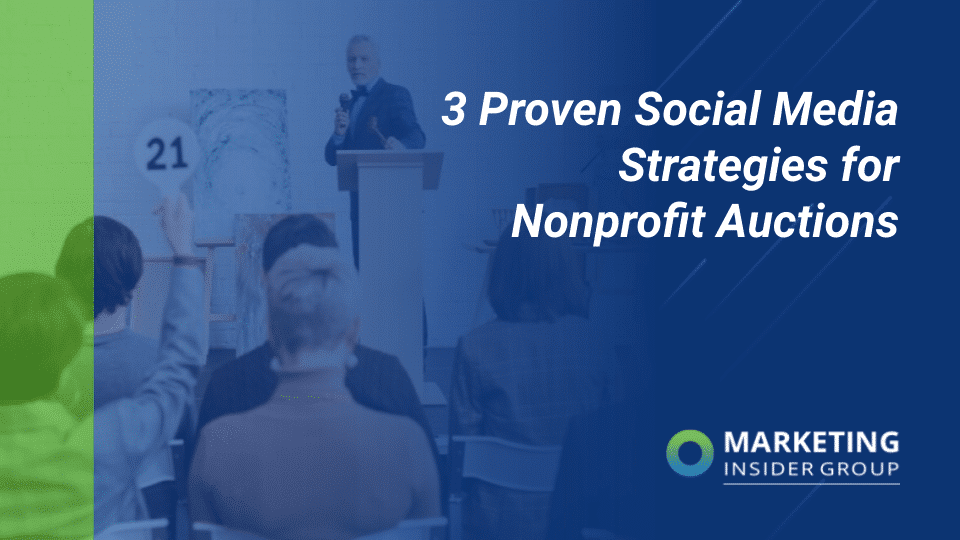
Revitalizing Your Nonprofit’s Image: 4 Steps to Rebrand
It’s no secret that, in order to further your nonprofit’s mission, you need to attract supporters to your organization and inspire them to take action. That’s why you likely put a lot of time and effort into cultivating your organization’s image across a variety of print and digital marketing channels.
As your nonprofit expands and evolves, so should its image. Eventually, you might find that your organization’s values and personality no longer align with your brand—i.e., the visuals and messaging you use to represent your nonprofit in your communications. When this happens, it may be time to rebrand!
In this guide, we’ll walk through the four core steps for rebranding your nonprofit, including how to:
- Define Your Goals and Values
- Create New Brand Assets
- Communicate With Stakeholders
- Roll out Your Rebrand
Be advised that an organizational rebrand is no small undertaking—it’ll require a lot of time, energy, and resources from your team. However, the increased potential to reach new audiences, retain existing supporters, and spread awareness about your mission that often comes from rebranding will make your efforts worthwhile. Let’s dive in!
1. Define Your Goals and Values
The first thing to do when considering rebranding your organization is to determine what exactly you want to get out of the process. Common goals for nonprofit rebranding include:
- Improving supporter engagement
- Increasing awareness of your work
- Positioning your organization apart from other similar nonprofits
- Signaling an internal change in your nonprofit’s direction, like a leadership transition.
After you’ve established why you want to rebrand your nonprofit, consider your organization’s mission and values. Your brand should help you tell your organization’s story, so think about what type of visuals and written content would allow you to do that most effectively.
2. Create New Brand Assets
Once you’ve gone through the planning process, it’s time to dig into the actual work of rebranding by developing new brand assets for your nonprofit. Keep in mind that not all rebrands will require a complete overhaul of your existing branding—sometimes, you might just need to update a few elements.
Some aspects of your nonprofit’s brand that you might consider redesigning include your:
- Color palette. Colors are naturally associated with certain feelings and ideas, so your brand color choices should align with your nonprofit’s values. For example, if your primary brand color is currently red, you’re communicating that your organization is passionate and strong. However, if you’d prefer to convey a sense of trust and professionalism, switching your main brand color to blue will help you achieve that.
- Typography. The fonts you choose for written content should be easily readable first and foremost, but their style and weight can also represent your nonprofit’s personality. Choose at least two brand typefaces—and no more than three—to add visual variety to your content without making it look cluttered.
- Logo. Nonprofit logos typically combine the organization’s colors, typography, and images related to their area of work into a graphic that serves as the foundation of visual branding. To that end, make sure your updated logo reflects your mission and helps build an emotional connection with your audience.
- Messaging standards. Although visuals are more commonly associated with the term “branding” than messaging is, the way your nonprofit communicates in written form is just as important as how your marketing materials look. Consider revising the guidelines for tone, word choice, and other stylistic elements of written communications as you rebrand to ensure your organization is accurately represented.
Loop’s article on nonprofit branding suggests compiling all of these elements into a single document known as a brand guide. As you rebrand, make sure to keep your brand guide up to date so that it can serve as a reference for anyone inside or outside your organization who works on your marketing materials.
3. Communicate With Stakeholders
One of the main risks you take by rebranding your organization is losing its recognizability in the community. To avoid this issue, communicate with your nonprofit’s stakeholders throughout the process. That way, they’ll not only be aware that your organization is rebranding but also be able to provide feedback on your new brand elements before they’re finalized.
Here are the main groups of stakeholders to involve in your rebranding process:
- Staff members. Your employees have an insider view of your nonprofit’s operations, and each staff member will bring a slightly different perspective depending on what area of your organization they work in. Ask them to describe your nonprofit’s mission and values in their own words, and take their ideas into consideration as you revise your guidelines.
- Board members. Your board members are in a unique position as both leaders at your nonprofit and representatives of it in the community. Therefore, they can provide advice based on both their own observations as they oversee your organization and what they know about your nonprofit’s broader reputation.
- Supporters. Because the target audience for your rebranding efforts is your supporters, they should have a say in the process as well. Consider sending out surveys or holding focus groups to get their opinions on different updates you’re considering making. Asking for supporter feedback in these ways can also allow you to cultivate stronger relationships with them, helping you achieve a potential goal of your rebrand.
Use the insights you receive from each of these groups to make revisions to your new brand assets. Also, communicating the timeline of your rebrand with all of these groups makes them less likely to be caught off guard when you roll out your updates and generates excitement around this new undertaking for your organization.
4. Roll out Your Rebrand
When the time comes to roll out your rebrand, the key is ensuring consistency across all of your organization’s communications. Incorporate your new brand assets into the following marketing materials:
- Your nonprofit’s website. Add your updated logo to the top left corner of the navigation bar with a link to your homepage so that it appears on every page of your site. Additionally, use your revised messaging standards across all of your website copy, from your About page to your blog.
- Email marketing. Design new email templates for newsletters, event announcements, and other updates that include your color palette and typography so supporters see it as soon as they open your messages.
- Social media. Change all of your organization’s profile pictures to your new logo, and create graphics for Instagram and Facebook that include your color scheme. Although it can be more challenging to apply your brand messaging standards to post captions than in long-form writing, try to align the shorter copy with those guidelines as much as possible.
- Print communications. Your nonprofit’s branding should remain consistent offline as well as online. Write direct mail messages using your brand typography, and design eye-catching flyers that feature your new logo and color scheme.
In your brand guide, include examples of how your updated brand can be applied to each of these marketing materials. By being consistent in the way you apply your rebrand in practice, you’ll help supporters continue to recognize your brand and emotionally connect with it.
Your nonprofit’s brand should inspire your audience to learn more about your mission and take action to support it. Rebranding can provide the renewed inspiration your supporters need to do just that. Use the steps above to get started, and don’t hesitate to reach out to experts if you need help or have any questions along the way.






